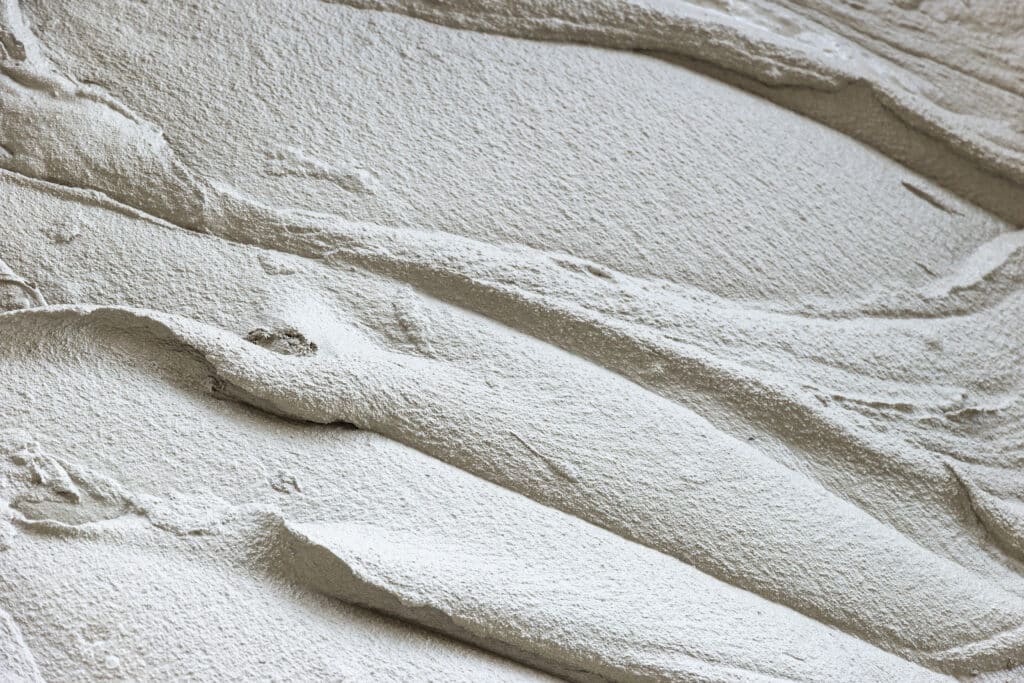Natural and synthetic fibres have been used in the construction industry for many years. They are effective at enhancing the physical and mechanical properties of construction materials.
Internationally, we use many natural and synthetic materials in several industries for structural and non-structural purposes. Fibres are a valuable additive to construction materials, helping improve the construction material’s properties and the overall process for construction workers.
Fibres for Construction
Materials for construction use differ all over the world, and many of the materials are sourced naturally. Natural materials have been used for centuries to build structures, like homes. During the Egyptian period, natural fibres such as straw and horsehair were used to create mud bricks. Then in the late 1800s’, the US approved straw as one of the main components for wall bearing. Bricks are arguably one of the most used materials for construction in existence, crucial for public housing due to their ability to withstand an array of outdoor elements.
Concrete is another common building material, and fibre-reinforced polymers have been added to concrete mixes for over fifty years. Adding fibres to composite materials increases structural integrity and ensures they are stronger, longer-lasting, and more impermeable.
Benefits of Fibres for Construction Materials
Fibres have many different characteristics and come in several shapes and sizes. There are several reasons as to how the applications of fibres in construction materials can improve the construction process, these include:
- Improved characteristics and properties such as strength, toughness, durability, rigidity, and ductility.
- Enhanced stability.
- Improved thermal properties, temperature operation, and control.
- Reduced weight and density, resulting in a lightweight material.
- Prevents cracks, spalling, shrinking, and swelling.
- Improved eco-friendliness, economic efficiency, and sustainability (especially when combined with natural fibres); potential to reduce CO2.
- Reduced costs in labour and maintenance costs.
There are a whole host of other benefits to combining fibres with construction materials.
Waste fibres are being studied to see how they can improve the construction process whilst minimising the detrimental effects waste has on the environment. The build-up of waste materials in landfills is damaging as each day there is less space. The lack of space results in waste incineration and, therefore, high energy consumption. Reusing waste fibres in construction materials can alleviate and prevent these issues, making it an eco-friendly and sustainable solution.
Types of Fibres Used in Building Materials
In terms of the types of fibres used in construction materials, it varies from natural to synthetic. Natural fibres used in construction include:
- Bast fibres – Flax, hemp, jute, kenaf, and ramie are bast fibres. Bast generally consists of a wood core encased in a stem. Inside this stem, there are fibre bundles that each contain individual fibre cells. Flax and hemp have been great natural alternatives to replace glass.
- Leaf fibres – Sisal, abaca (banana), and palm are leaf fibres that are coarser than bast fibres, often used in applications such as textiles.
- Seed fibres – Popular seed fibres include cotton, coir, and kapok. For obvious reasons, cotton is the most common seed fibre, commonly used to create clothing.
Although natural fibres are better for the environment, it is good to be aware of the advantages and disadvantages before application. As for synthetic fibres, manufactured and produced for a sole purpose, the ones commonly used in construction materials are:
- Glass
- Steel
- Polypropylene
- Acrylic and Mod-Acrylics
- Polyester
- Carbon
Synthetic fibres are used for reinforcement to reduce cracks and plastic shrinkage. With the ongoing development and studies of synthetic fibres, their properties and characteristics are constantly improving. However, like natural fibres, they have pros and cons.
To summarise, fibres drastically improve the construction process. With many types available, each with individual properties, the construction industry is not short for solutions. From reduced maintenance costs to time saved for construction workers, improved strength, economic efficiency and many other factors, it is evident that fibres are highly beneficial to the construction process.
For more information about how we serve the construction industry with our fibre products, please visit here.


